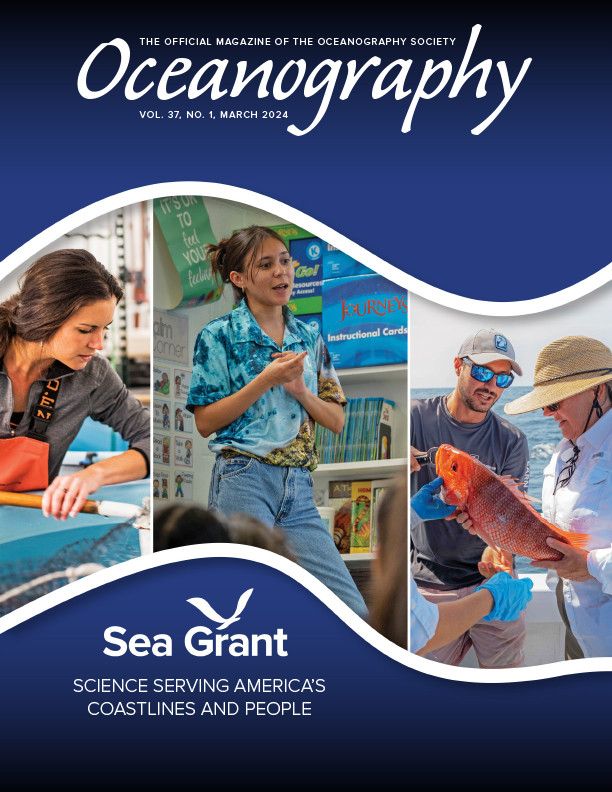Full Text
Despite increased funding and demonstrated need, green infrastructure projects are not being constructed at the scale or pace needed to address coastal pollution, flooding, and sea level rise in Delaware (Barnes et al., 2021). To address this need, in 2019, Delaware Sea Grant formed a collaborative partnership with Delaware Technical Community College, the state’s open-admission institution of higher education, to provide workforce training for students and early career professionals.
Program participants receive technical training and professional development with the goal of increasing placement in “good jobs” in the green infrastructure field (Figure 1). Classroom sessions, weekly readings, and discussion build a background for hands-on skills and techniques that focus on the life cycle of a green infrastructure project. Participants also develop career competencies, such as preparing application materials.
|
|
Over a four-year period (2019–2022), 34 participants engaged in over 10,000 hours of training. From 2019 to 2021, during fall semesters, participants from one DelTech campus (of four) worked alongside industry partners on in-progress green infrastructure projects at various stages of development. Projects primarily focused on issues associated with water quality and flooding, and ranged from working in headwater ecosystems (constructed wetlands, riparian buffers) to the coast (living shorelines, restored oyster reefs). In 2022, the program expanded to a second DelTech campus during alternate semesters, and in addition to assisting with ongoing projects at different stages of development, participants worked on a single project from planning through construction.
In 2023, an alumni tracking initiative was implemented to evaluate the program’s impacts. Preliminary data show that the program has been broadly beneficial and has had a positive impact in terms of increased career awareness, technical skills, and confidence in gaining meaningful employment. However, many program participants either have not yet graduated or did not finish their degree program. This is reflective of the broader student body at DelTech, where an average of 21.4% graduate within three years. Of those who graduated and entered the workforce, few work directly in green infrastructure; the majority gained traditional means of employment related to their degrees (e.g., surveying, drafting, construction management). However, those in the workforce reported that the program was beneficial, because even though they were not primarily focused on green infrastructure, aspects of it were present in much of their broader work. This finding is reflective of the “greening” nature of existing work, whereby aspects of green infrastructure and similar initiatives are being subtly incorporated into existing careers. These results paint a nuanced picture of success and suggest that while similar workforce programs are unlikely to result in immediate job placements in emerging career fields, success in providing training to meet the evolving demands of existing careers and future employment opportunities can be expected. The workforce development program continues to grow and evolve as it enters its sixth year in 2024.


